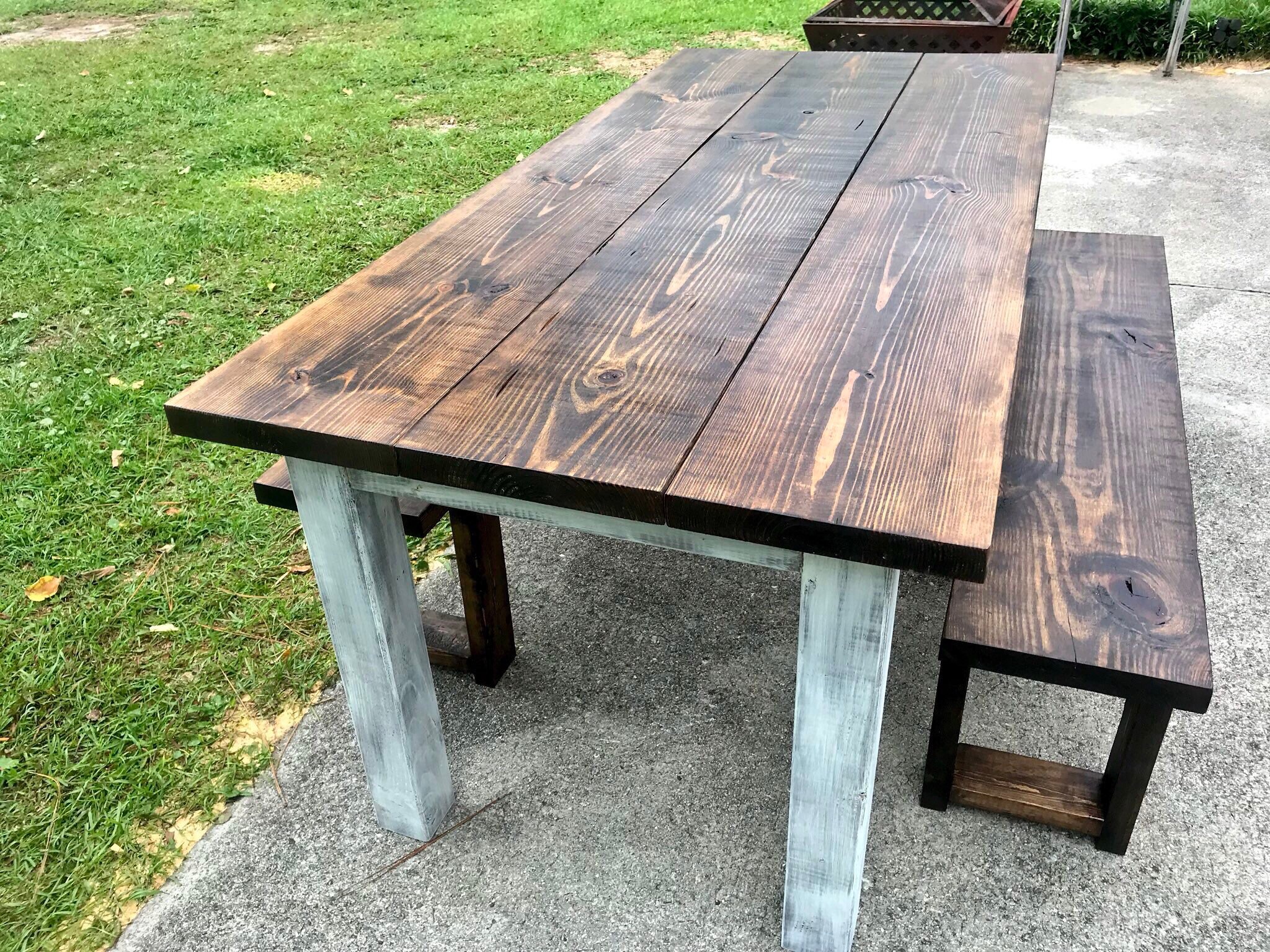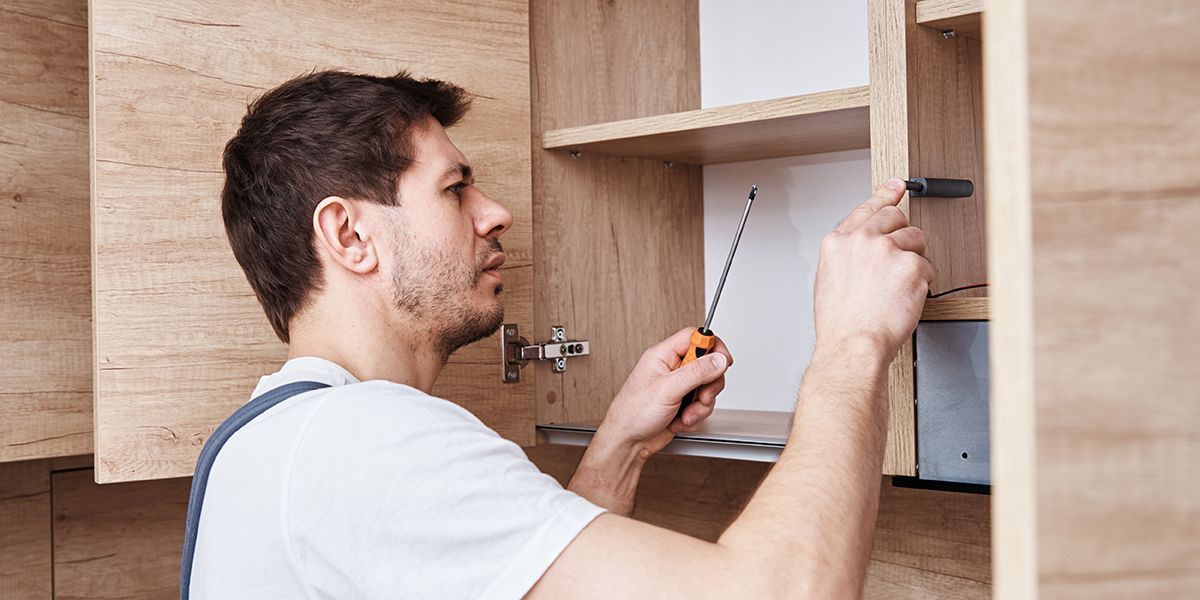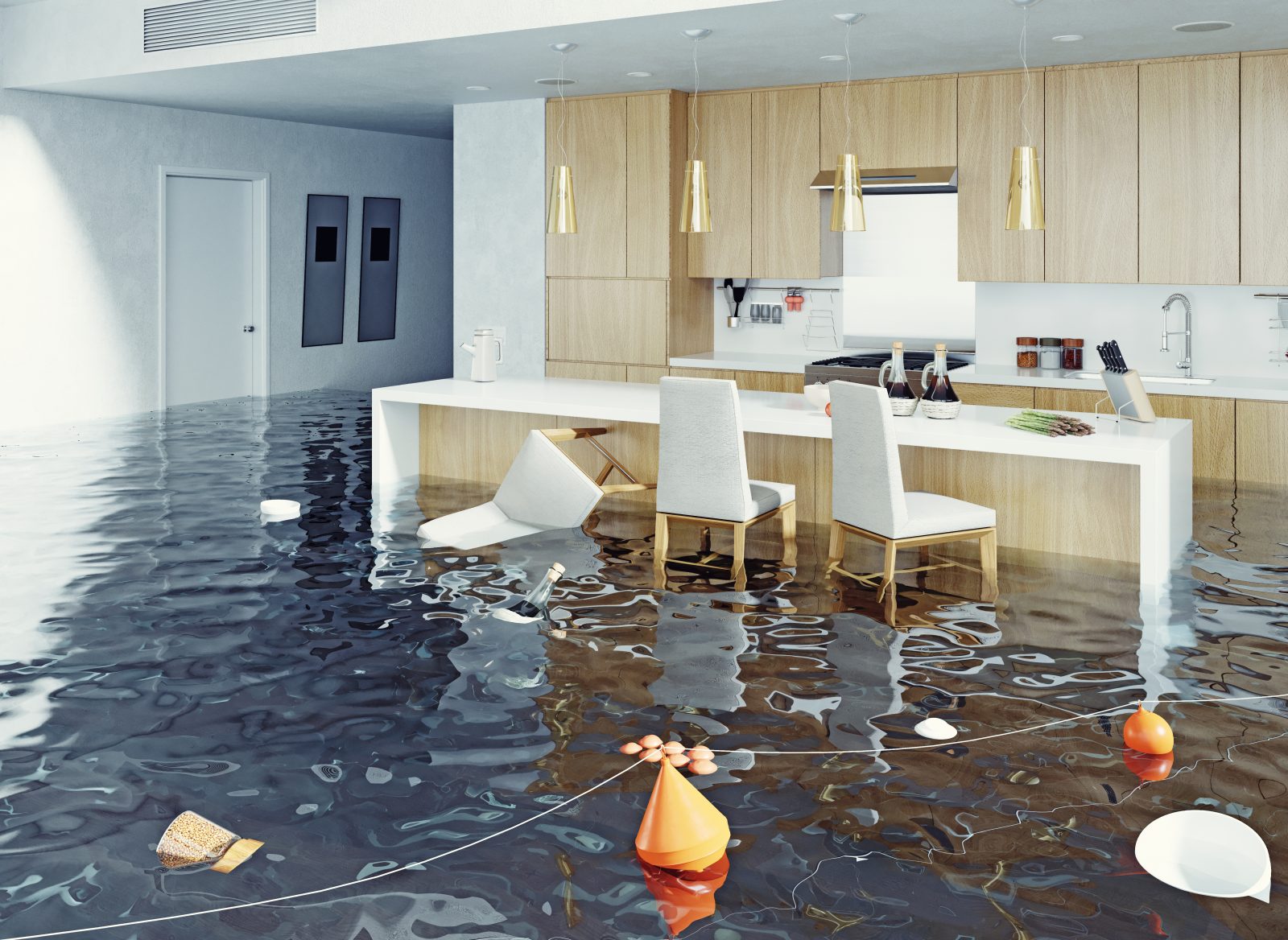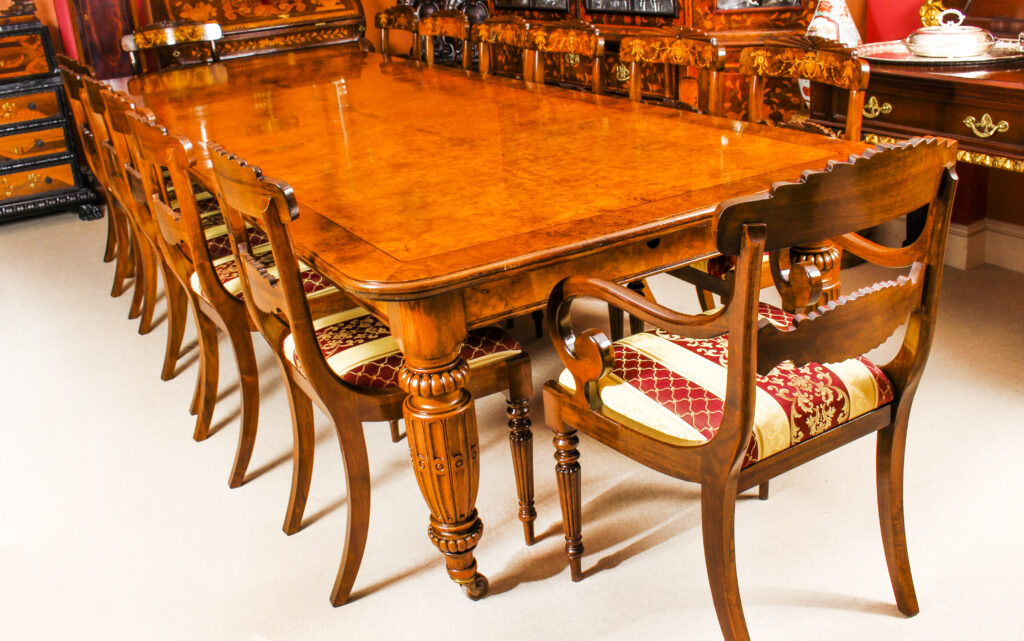Finishing a kitchen table is an essential step in preserving its beauty and ensuring its longevity. Whether you have a new table that needs finishing or an old one that needs a fresh coat, the process can seem daunting. But with the right techniques and materials, you can easily finish your kitchen table and give it a new lease on life. First, you'll need to decide on the type of finish you want for your kitchen table. There are many options to choose from, such as staining, painting, or using a natural finish. Each has its pros and cons, so it's important to consider your preferences and the type of wood your table is made of. Once you've decided on a finish, it's time to get to work.1. How to Finish a Kitchen Table
Finishing a kitchen table yourself can be a rewarding and cost-effective option. However, it requires some basic knowledge and skills. Before you start, make sure you have all the necessary tools and materials, such as sandpaper, brushes, and your chosen finish. It's also essential to work in a well-ventilated area and wear protective gear. One popular DIY technique for finishing a kitchen table is staining. This involves applying a stain, usually in a color of your choice, to the wood. Staining is a great way to enhance the natural beauty of the wood and give it a rich, warm tone. Another popular option is painting, which allows you to completely change the color of your table and give it a new look. Whichever technique you choose, be sure to follow the instructions carefully and take your time for the best results.2. DIY Kitchen Table Finishing Techniques
When it comes to finishes for kitchen tables, there is no one-size-fits-all solution. The best finish for your table will depend on various factors, including the type of wood, the desired look, and the level of protection needed. Some popular options include oil-based stains, water-based stains, polyurethane, and varnish. Oil-based stains are excellent for highlighting the natural grain of the wood and providing a durable finish. Water-based stains, on the other hand, are more environmentally friendly and have a faster drying time. Polyurethane and varnish are both protective finishes that provide a glossy appearance, but varnish is more durable and better suited for high-traffic areas like kitchen tables.3. Best Finishes for Kitchen Tables
If you have an old kitchen table that has seen better days, refinishing it can give it a new lease on life. The process involves stripping the old finish, sanding the wood, and applying a new finish. It may seem like a lot of work, but the results are worth it. First, you'll need to strip the old finish using a chemical stripper or sandpaper. Next, sand the wood to remove any scratches or imperfections. Then, apply your chosen finish, following the manufacturer's instructions. It's essential to let each coat dry completely before applying the next one. Once you're satisfied with the finish, allow it to cure for the recommended time before using your newly refinished kitchen table.4. Refinishing a Kitchen Table: Step-by-Step Guide
Staining is an excellent option for finishing a kitchen table, as it enhances the natural beauty of the wood while providing protection. However, choosing the right stain can be challenging with all the options available. When selecting a stain, consider the type of wood and its natural color. You'll also want to think about the color you want to achieve and the level of protection you need. If you have a light-colored wood, choosing a darker stain can create a beautiful contrast. On the other hand, if you have a darker wood, a lighter stain can brighten up the space. It's also essential to consider the undertones of the wood and the stain to ensure they complement each other. And, of course, make sure to choose a high-quality stain that will provide the protection your kitchen table needs.5. Choosing the Right Stain for Your Kitchen Table
When it comes to finishing a kitchen table, you'll have to decide between painting and staining. Both options have their advantages and disadvantages, and it ultimately comes down to personal preference. Painting is a great way to give your table a new color and covers up any imperfections. It also provides a durable finish that's easy to clean. Staining, on the other hand, allows you to showcase the natural beauty of the wood while providing protection. However, it requires more time and effort, and it's not as forgiving as painting when it comes to covering up imperfections. Ultimately, consider the look you want to achieve and the level of maintenance you're willing to put in when deciding between painting and staining your kitchen table.6. Painting vs. Staining a Kitchen Table: Pros and Cons
Properly preparing your kitchen table for finishing is crucial to achieving a smooth and flawless result. Sanding is a critical step in this process, as it removes any old finish, scratches, or imperfections from the wood. It's essential to use the right grit sandpaper, starting with a coarse grit and gradually moving to a finer grit for a smooth finish. Before you start sanding, make sure to clean the table thoroughly to remove any dust or debris. You may also need to use a wood conditioner, especially if you're using a water-based finish. This will help the wood absorb the stain or finish evenly. And don't forget to wear protective gear and work in a well-ventilated area to avoid any health hazards.7. Tips for Sanding and Preparing Your Kitchen Table for Finishing
Polyurethane is a popular finish for kitchen tables, as it provides a durable and glossy surface that can withstand spills and heat. Applying a polyurethane finish requires some skill and patience, but the results are worth it. First, you'll need to choose between oil-based and water-based polyurethane. Oil-based polyurethane is more durable but takes longer to dry, while water-based polyurethane is more environmentally friendly and has a faster drying time. Once you've chosen a finish, follow the manufacturer's instructions, and apply thin and even coats, allowing each coat to dry completely before applying the next one. Sand lightly between coats for a smooth finish, and make sure to use a high-quality brush for the best results.8. How to Apply a Polyurethane Finish to Your Kitchen Table
If you have a rustic kitchen table, you may want to consider using a natural finish to enhance its charm and character. Some popular options for a natural finish include tung oil, linseed oil, and beeswax. These finishes not only protect the wood but also give it a warm and natural appearance. Tung oil is a popular choice for its durability and water-resistant properties. Linseed oil is also a durable finish that gives the wood a beautiful sheen. Beeswax, on the other hand, provides a more rustic and matte finish. Whichever natural finish you choose, make sure to apply multiple coats for the best protection.9. Natural Finishes for a Rustic Kitchen Table
A kitchen table is exposed to various hazards, from spills and stains to heat and water damage. That's why it's essential to take precautions to protect your newly finished table. Firstly, choose a finish that's resistant to heat and water, such as polyurethane or varnish. You can also use coasters and placemats to protect the surface from hot dishes and spills. Another way to protect your kitchen table is by using a tablecloth or table runner. This not only adds a decorative touch but also protects the table from scratches and spills. And, of course, make sure to clean up any spills as soon as possible and avoid placing hot items directly on the table to maintain its beauty and longevity. In conclusion, finishing a kitchen table is a crucial step in preserving its beauty and protecting it from wear and tear. Whether you choose to DIY or hire a professional, make sure to consider your options carefully and follow the necessary steps for a flawless finish. With the right techniques and materials, your kitchen table will be a stunning centerpiece in your home for years to come.10. Protecting Your Kitchen Table from Heat and Water Damage
Making Your Kitchen Table Stand Out with a Perfect Finish

Choosing the Right Finish for Your Kitchen Table
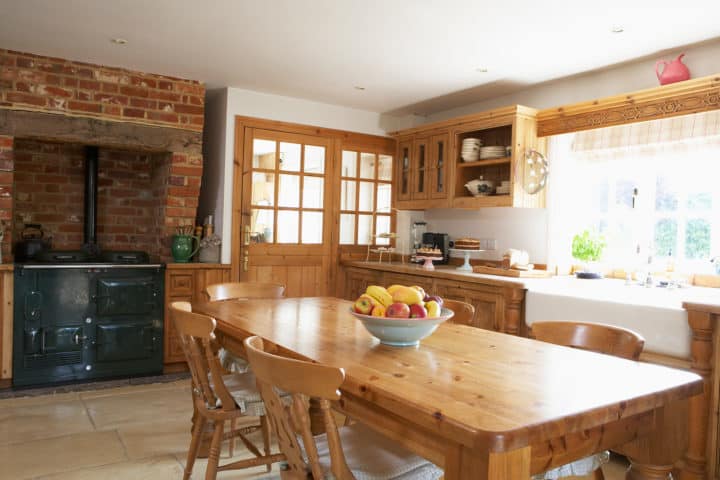 When it comes to finishing your kitchen table, the options are virtually endless. From stains and paints to varnishes and oils, choosing the right finish can seem like a daunting task. However, by considering the style and function of your kitchen, you can narrow down your options and find the perfect finish to make your table stand out.
Stains
are a popular choice for kitchen tables as they can enhance the natural beauty of the wood while adding a touch of color. From light and natural tones to deep and rich hues, stains offer a wide range of options to complement your kitchen design. Plus, stains can also provide protection against scratches and water damage.
Paints
are another great option for a kitchen table as they offer a clean and sleek look. They come in a variety of colors and finishes, from glossy to matte, allowing you to customize your table to match your kitchen decor. Additionally, paints can provide a durable and easy-to-clean surface, making them ideal for high-traffic kitchen areas.
When it comes to finishing your kitchen table, the options are virtually endless. From stains and paints to varnishes and oils, choosing the right finish can seem like a daunting task. However, by considering the style and function of your kitchen, you can narrow down your options and find the perfect finish to make your table stand out.
Stains
are a popular choice for kitchen tables as they can enhance the natural beauty of the wood while adding a touch of color. From light and natural tones to deep and rich hues, stains offer a wide range of options to complement your kitchen design. Plus, stains can also provide protection against scratches and water damage.
Paints
are another great option for a kitchen table as they offer a clean and sleek look. They come in a variety of colors and finishes, from glossy to matte, allowing you to customize your table to match your kitchen decor. Additionally, paints can provide a durable and easy-to-clean surface, making them ideal for high-traffic kitchen areas.
Applying the Finish to Your Kitchen Table
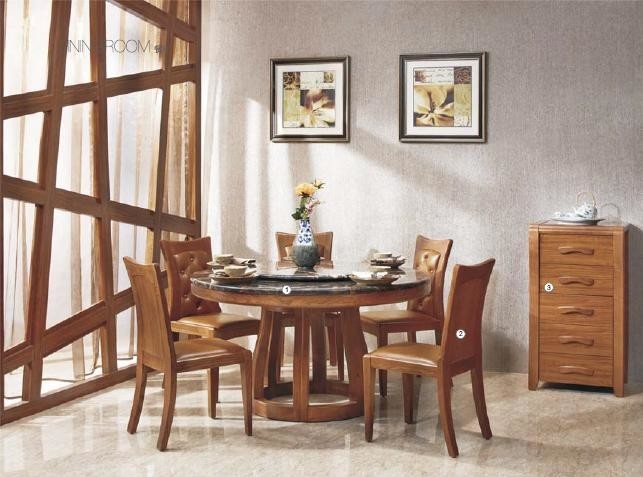 Once you have chosen the perfect finish for your kitchen table, it's time to apply it. Before you begin, make sure to properly sand and clean your table to ensure a smooth and even surface. Then, follow the manufacturer's instructions for applying the finish, whether it's brushing, wiping, or spraying.
For
varnishes
and
oils
, it's important to apply multiple coats for maximum protection and durability. Allow each coat to dry completely before applying the next for the best results. For
stains
and
paints
, be sure to use a high-quality brush or roller to achieve a smooth and even finish.
Once you have chosen the perfect finish for your kitchen table, it's time to apply it. Before you begin, make sure to properly sand and clean your table to ensure a smooth and even surface. Then, follow the manufacturer's instructions for applying the finish, whether it's brushing, wiping, or spraying.
For
varnishes
and
oils
, it's important to apply multiple coats for maximum protection and durability. Allow each coat to dry completely before applying the next for the best results. For
stains
and
paints
, be sure to use a high-quality brush or roller to achieve a smooth and even finish.
Final Touches for a Stunning Kitchen Table
 To truly make your kitchen table stand out, consider adding some final touches to your finish. For a more rustic look, consider distressing the edges or adding some light sanding to create a worn-in look. For a more modern touch, add some decorative stenciling or stenciled designs to your table. And don't forget to add a protective topcoat to your finished table for extra durability and longevity.
In conclusion, choosing the right finish for your kitchen table can make all the difference in elevating the design of your kitchen. Whether you opt for a stain, paint, varnish, or oil, following the proper application techniques and adding some personal touches can result in a stunning and functional kitchen table. So go ahead and give your kitchen table the perfect finish it deserves.
To truly make your kitchen table stand out, consider adding some final touches to your finish. For a more rustic look, consider distressing the edges or adding some light sanding to create a worn-in look. For a more modern touch, add some decorative stenciling or stenciled designs to your table. And don't forget to add a protective topcoat to your finished table for extra durability and longevity.
In conclusion, choosing the right finish for your kitchen table can make all the difference in elevating the design of your kitchen. Whether you opt for a stain, paint, varnish, or oil, following the proper application techniques and adding some personal touches can result in a stunning and functional kitchen table. So go ahead and give your kitchen table the perfect finish it deserves.







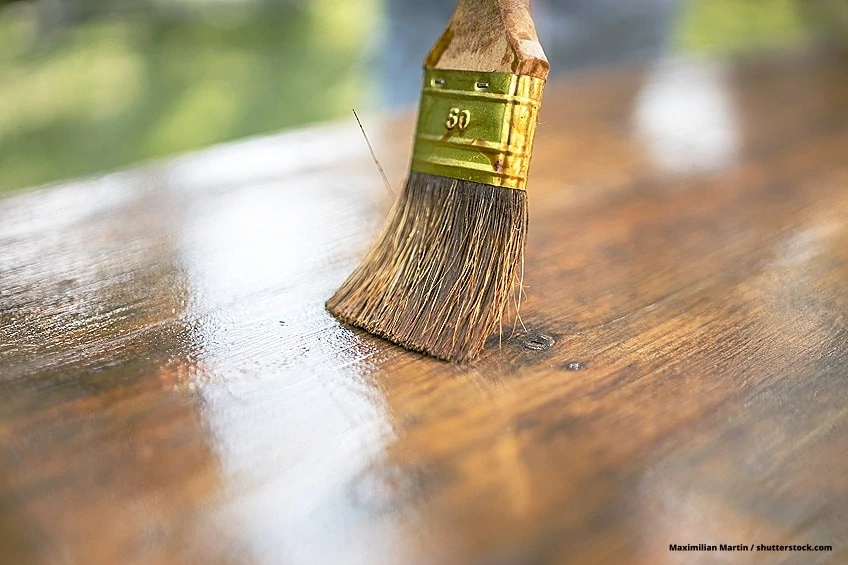

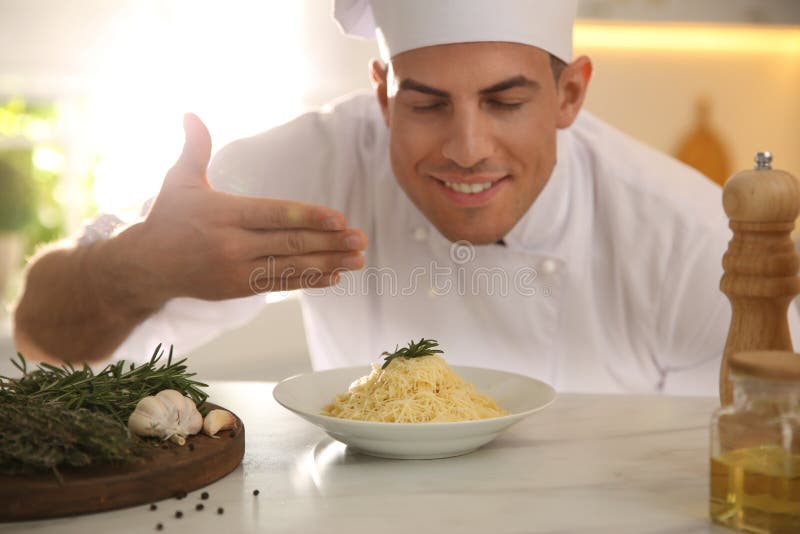











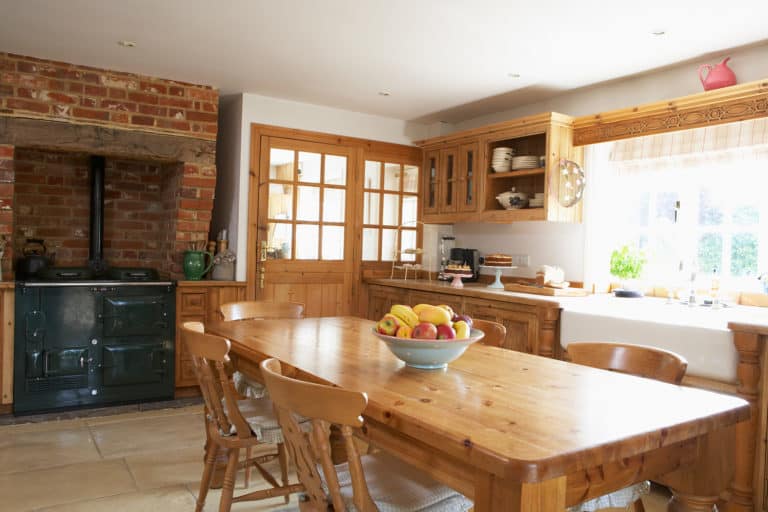
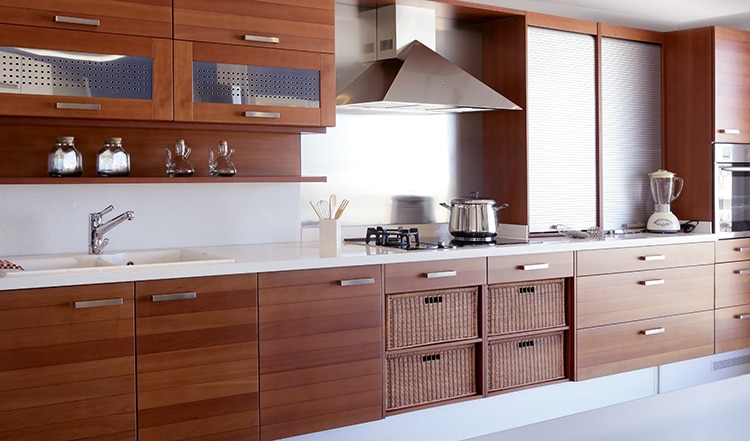
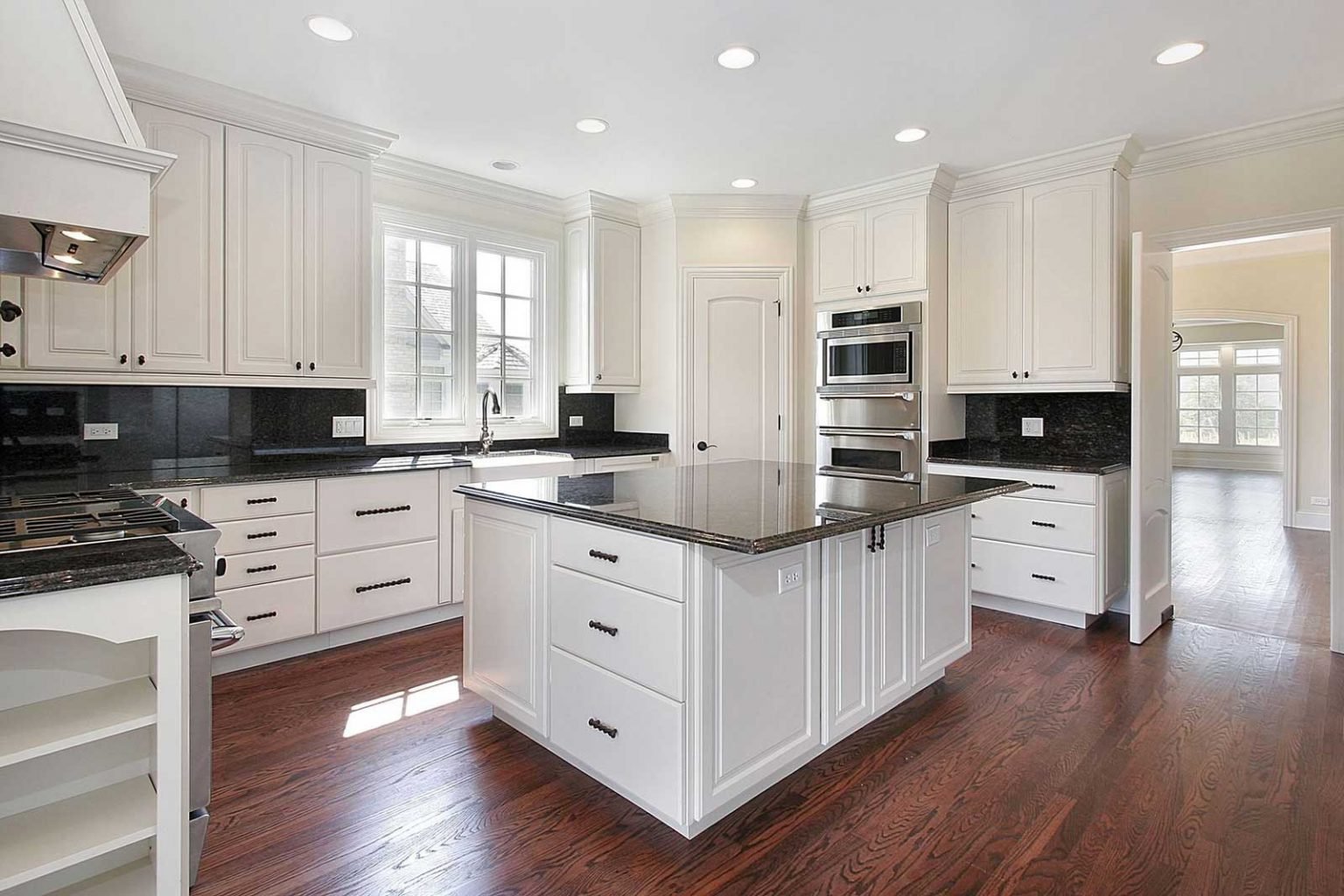


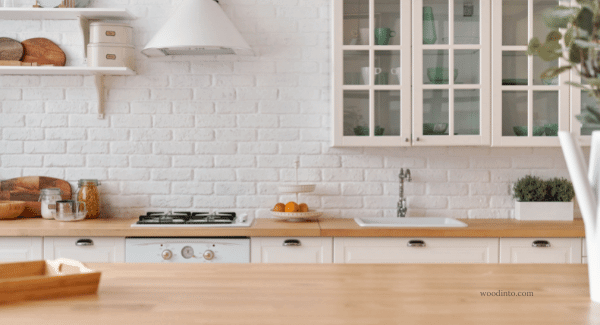
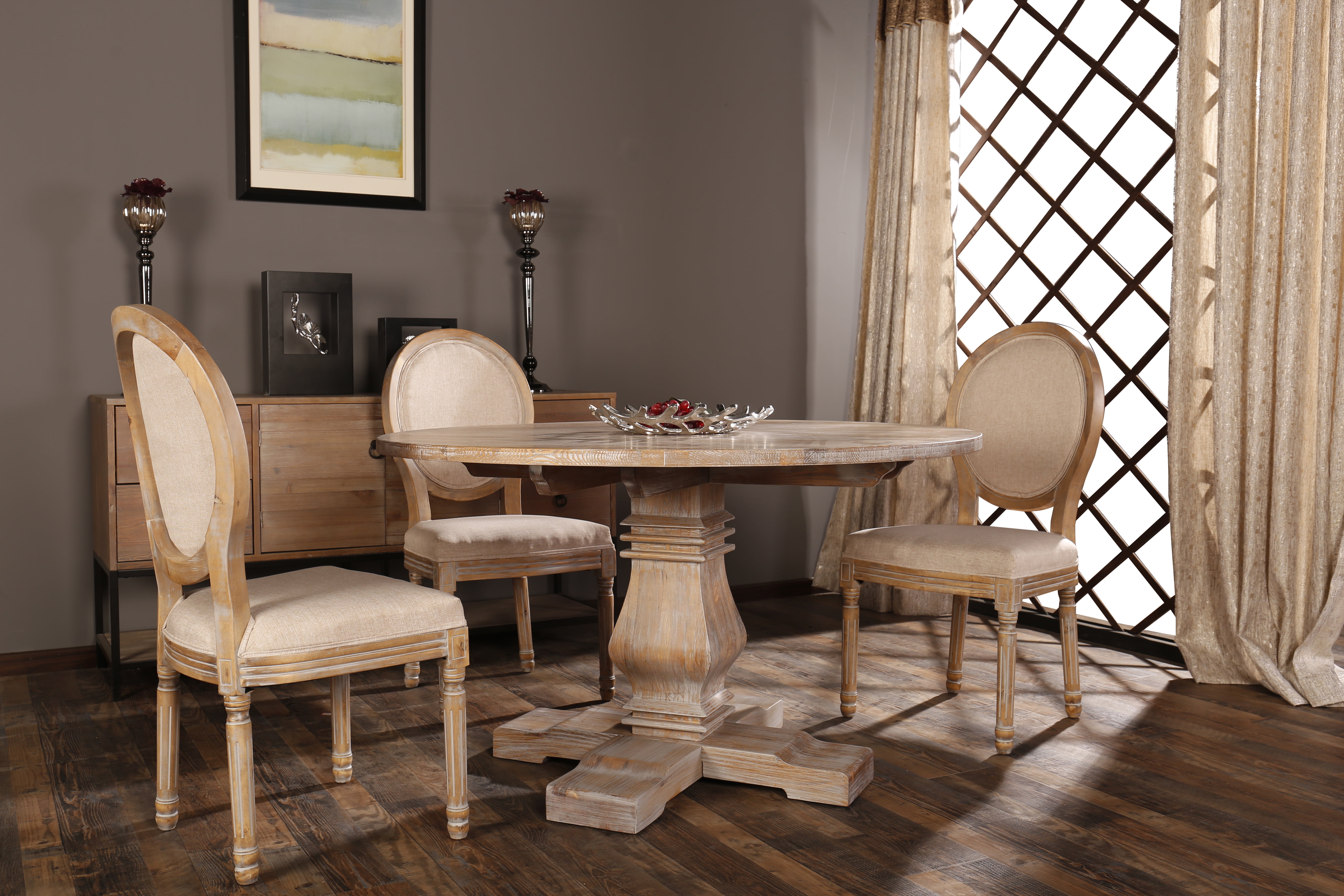


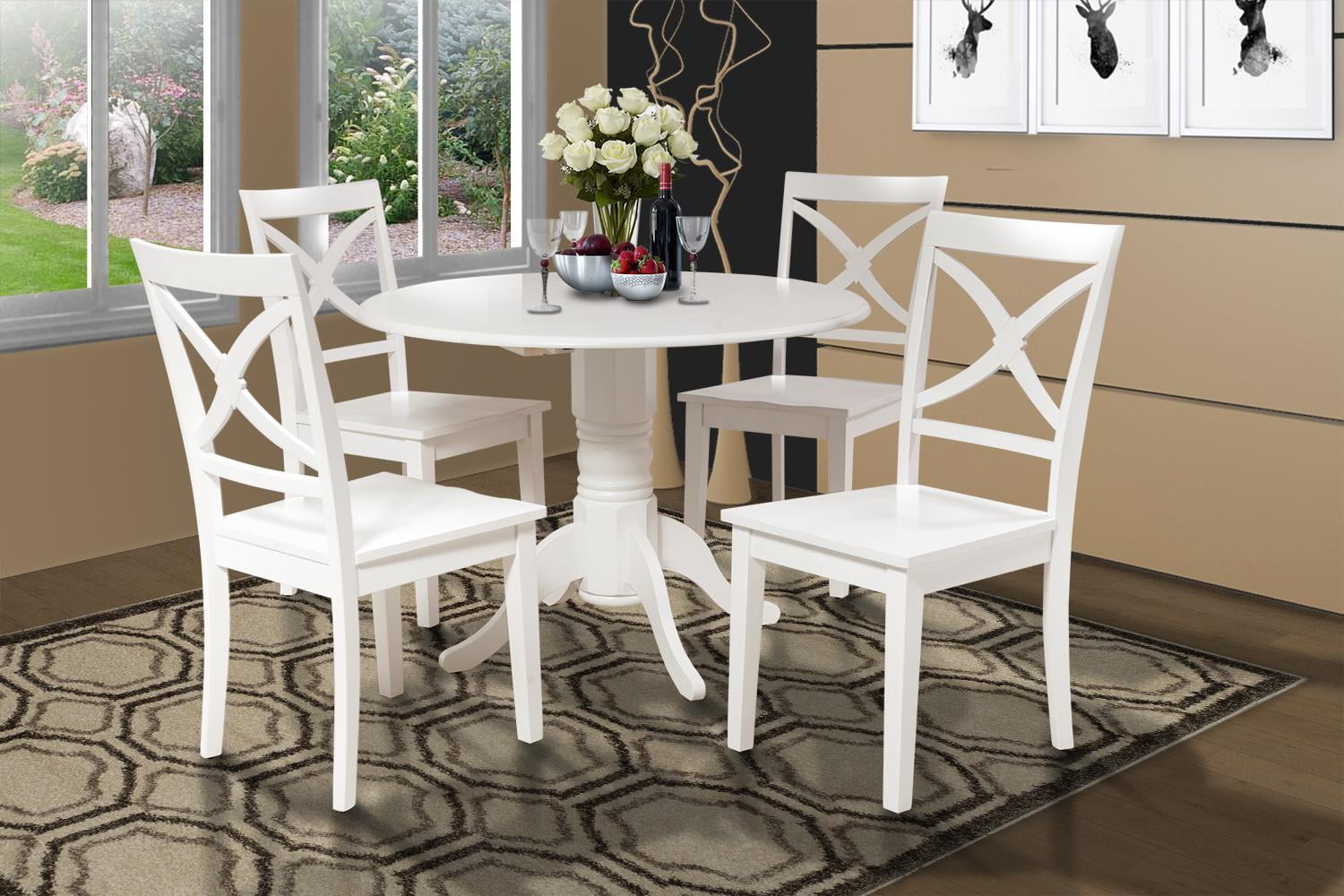



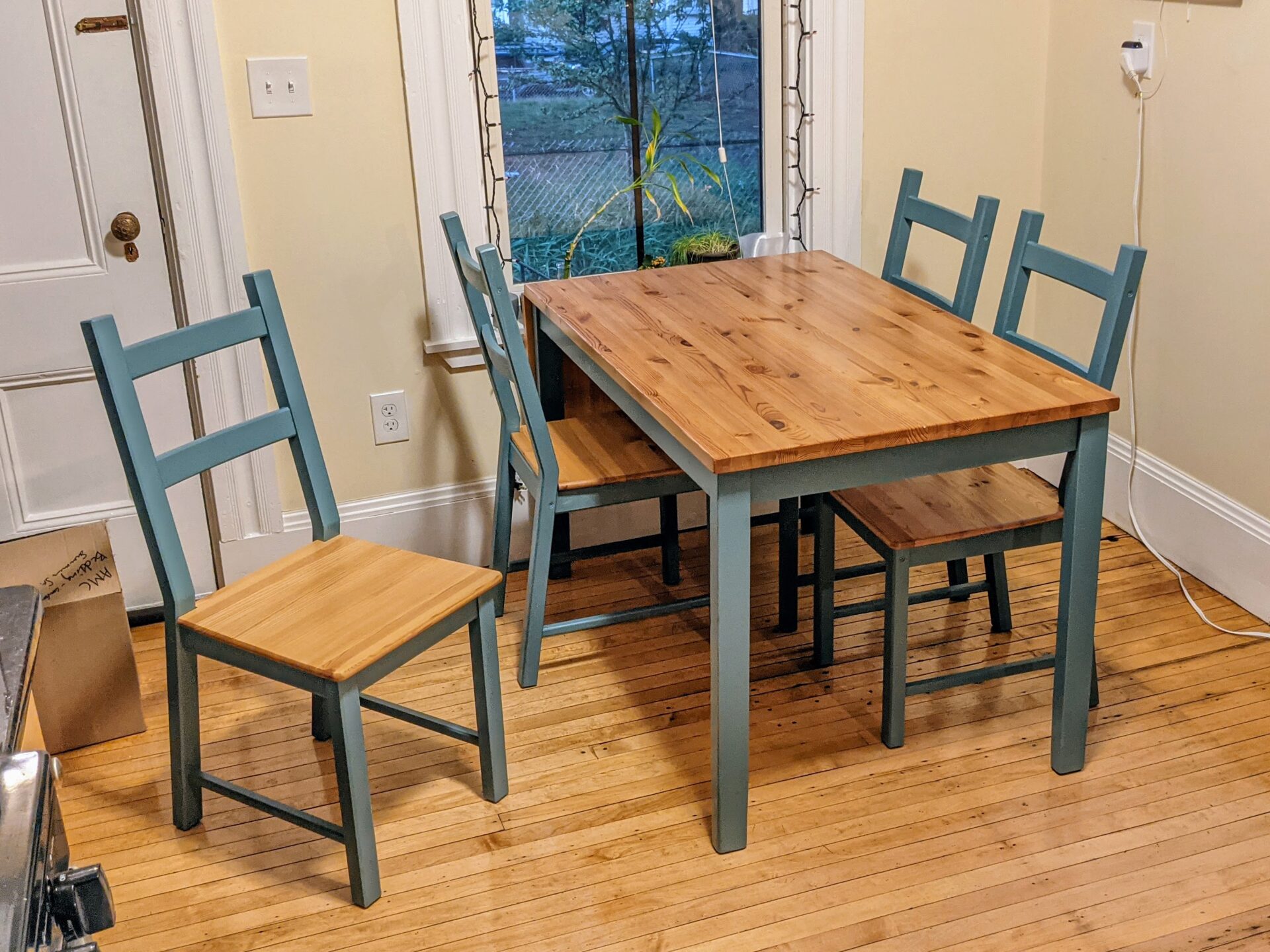
















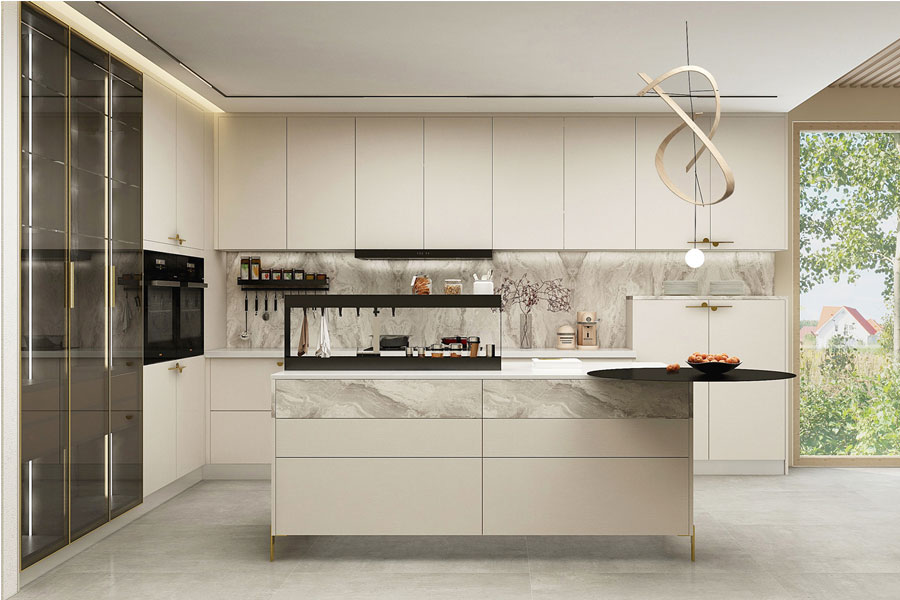





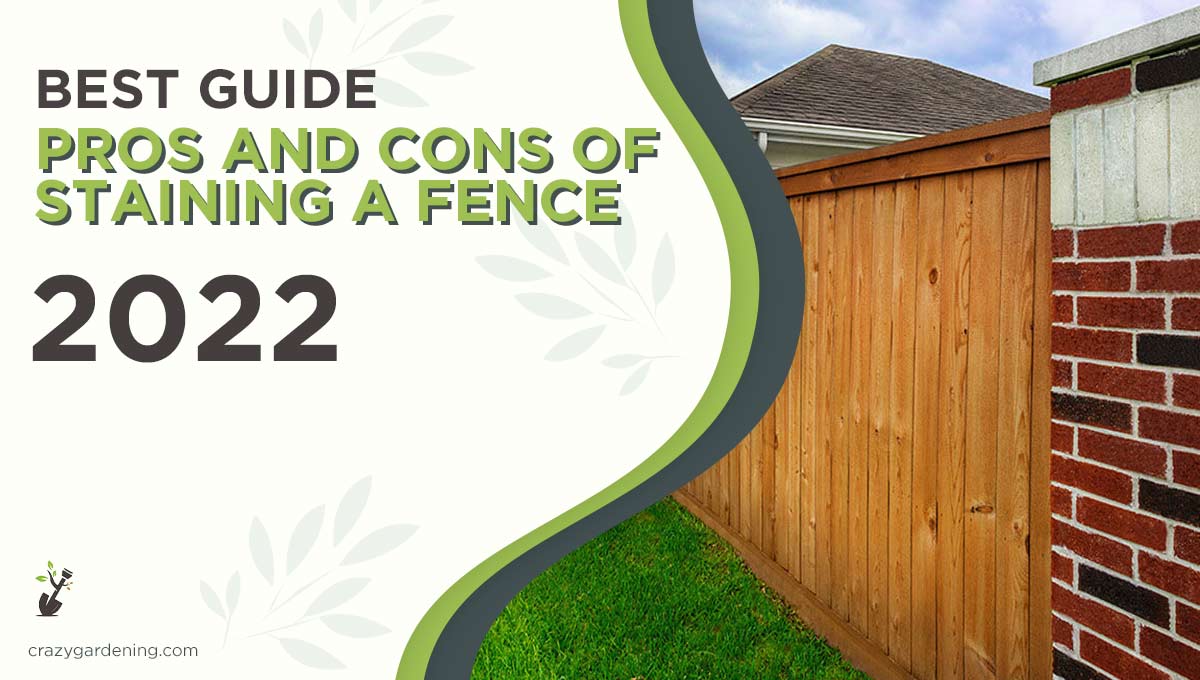
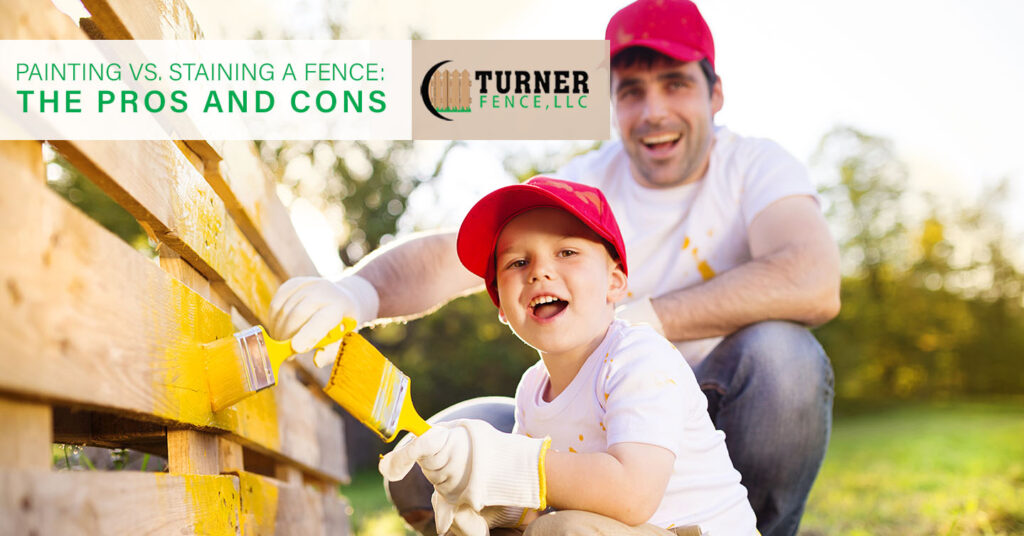
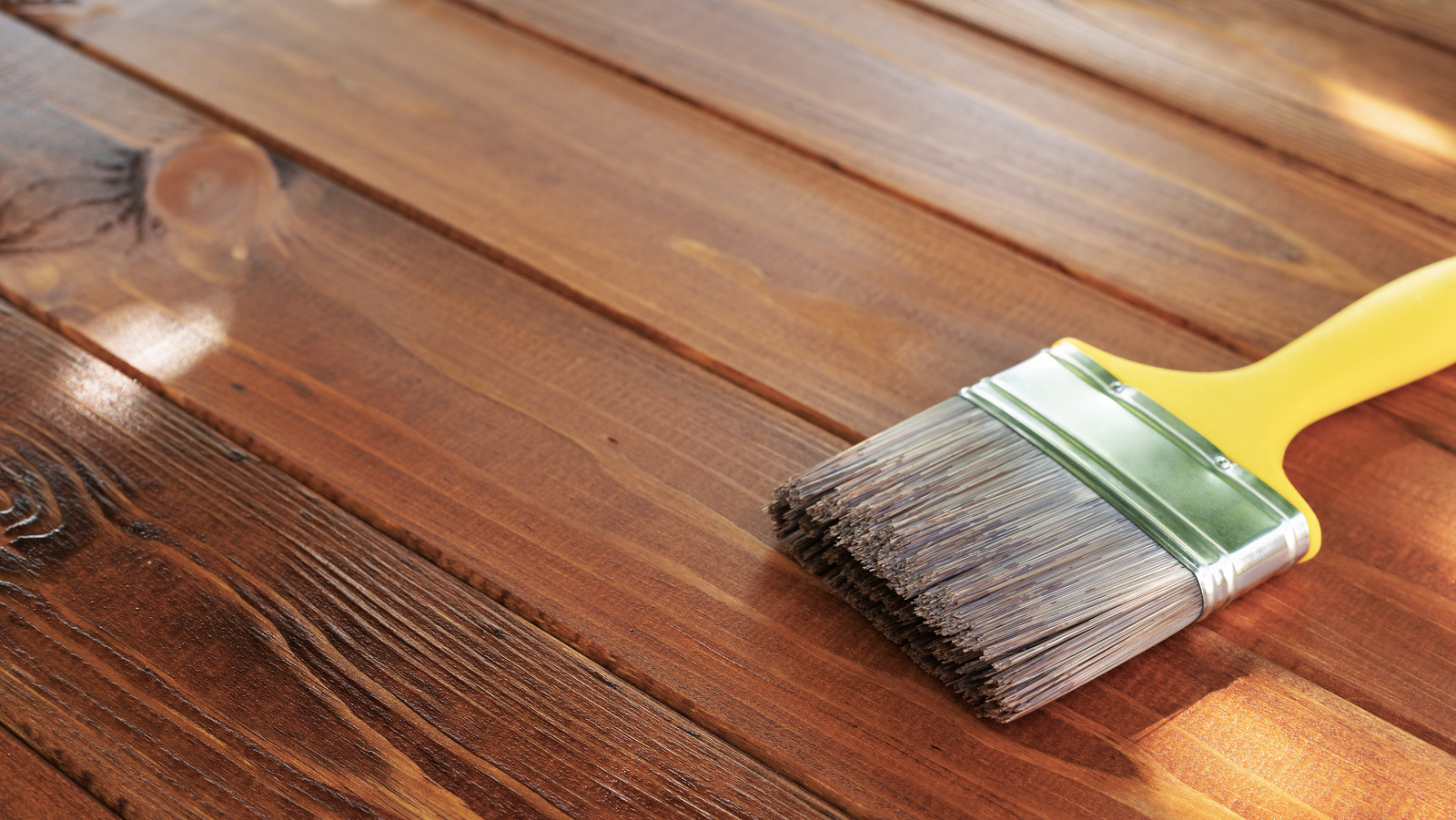

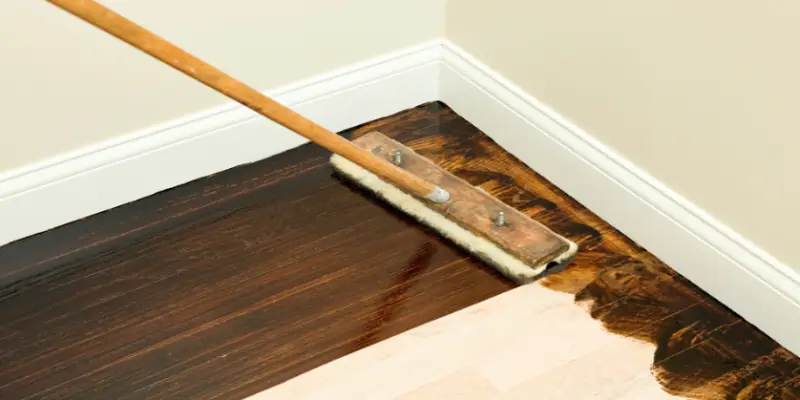
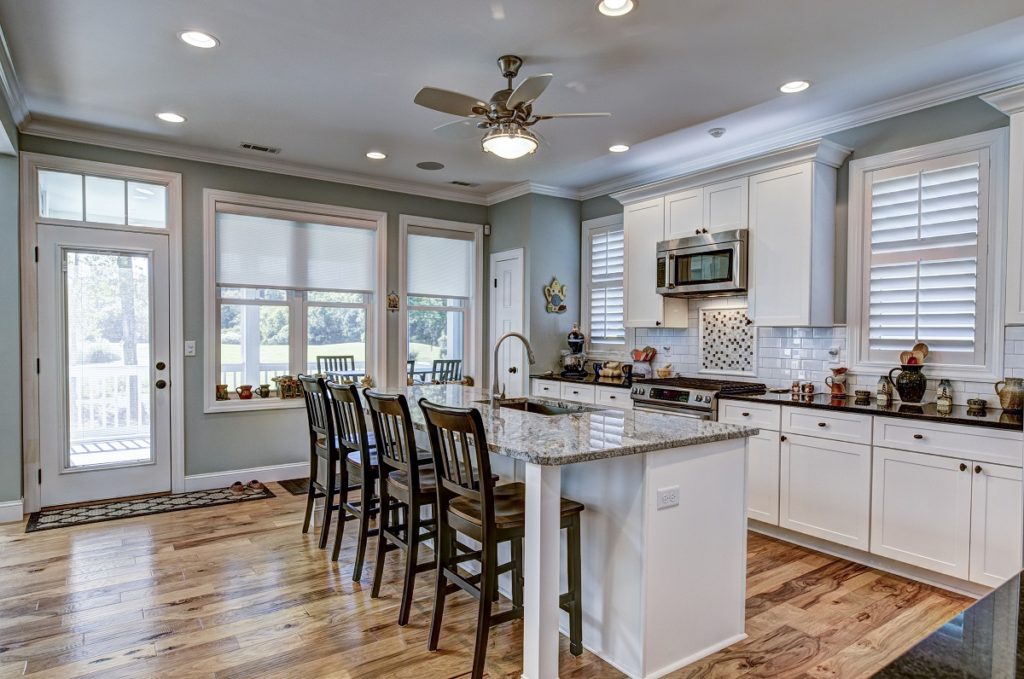






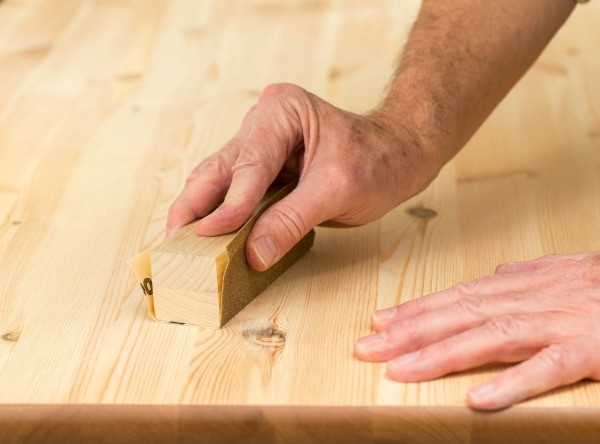
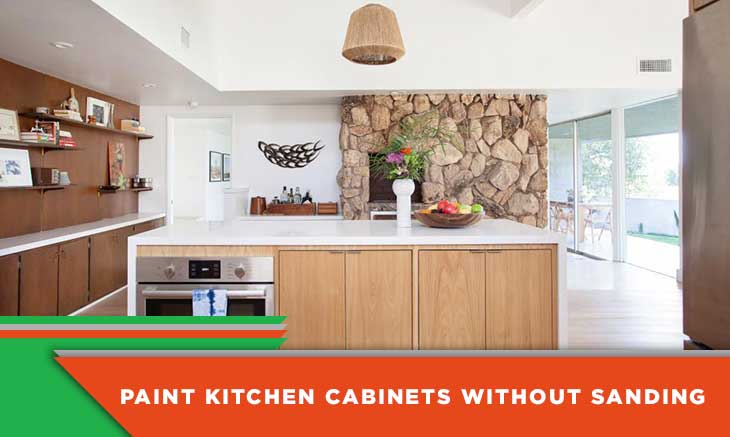



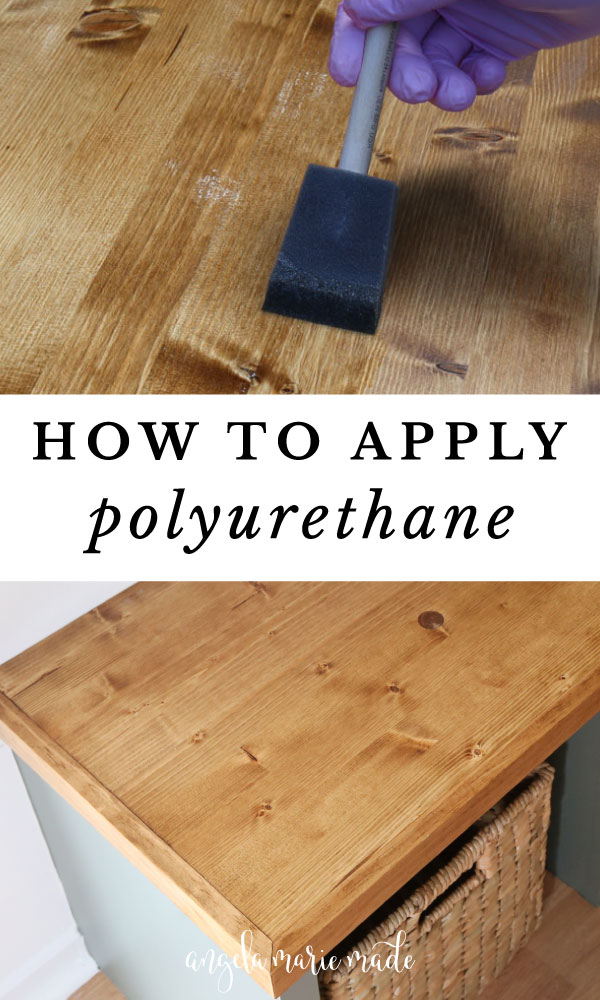

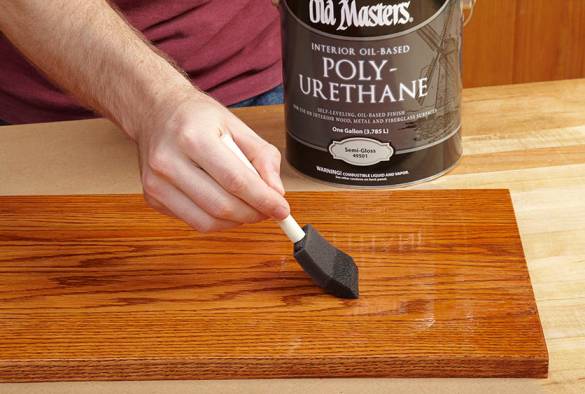
/cdn.vox-cdn.com/uploads/chorus_image/image/65894203/gallery_chair_stain.0.jpg)
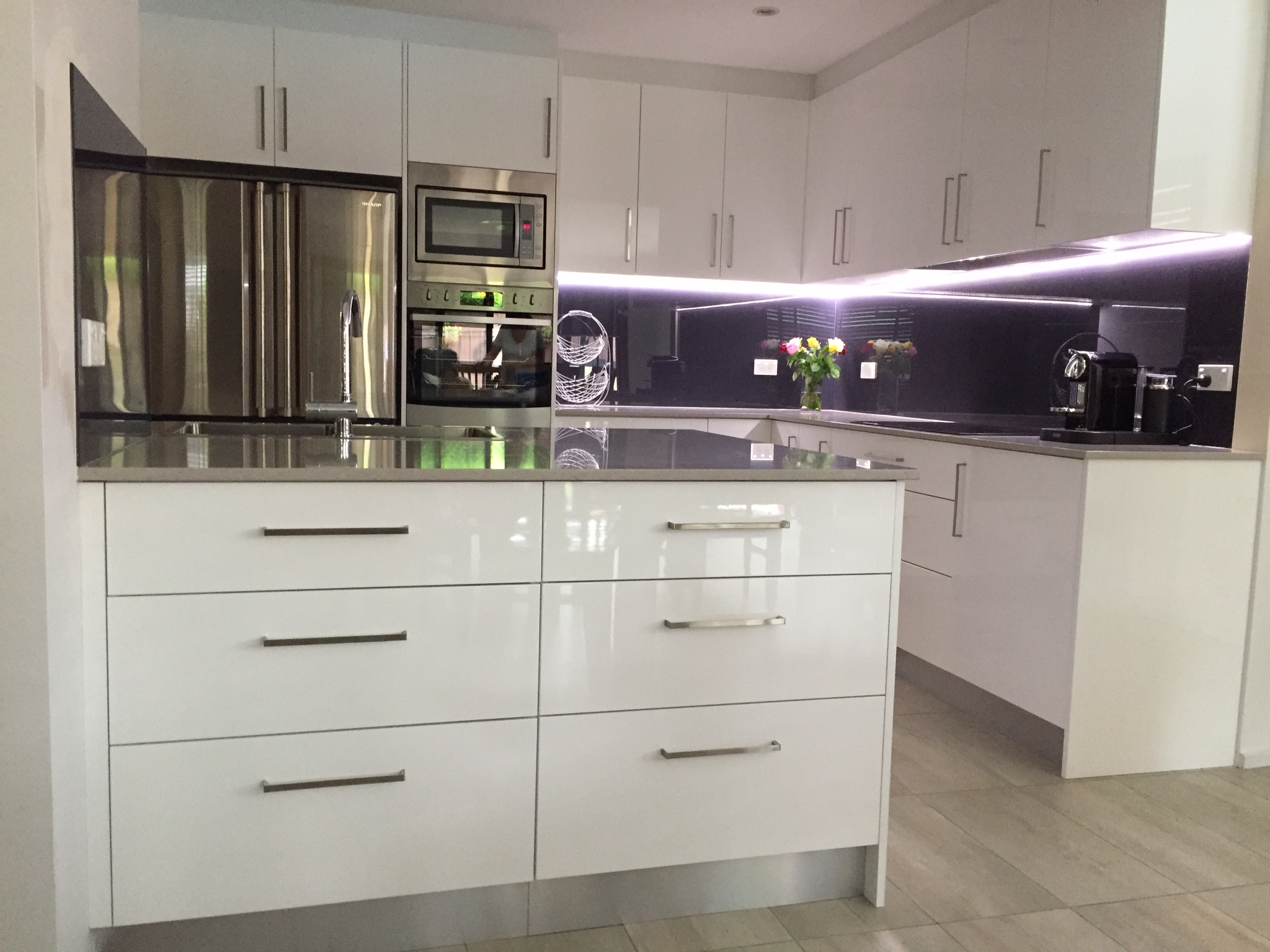




:max_bytes(150000):strip_icc()/GettyImages-183771871-dd1b7eb9d6d74b61a7c57dcb61e280fc.jpg)




